Orchids are some of the most prized flowers in the gardening world. But somewhere along the line, they also earned a reputation for being hard to grow!
It’s quite common to think you’ve managed to kill your orchid. These troubleshooting tips should help you identify whether your plant is perfectly fine, or whether it’s really time to throw in the towel.
Dormant or Dead?
The most common orchid you’ll see is the Phalaenopsis. If you’re like many people, you may have been gifted one. It was in full bloom when you received this beautiful plant, and it looked incredibly healthy. At some point, though, the flowers faded and eventually fell off.
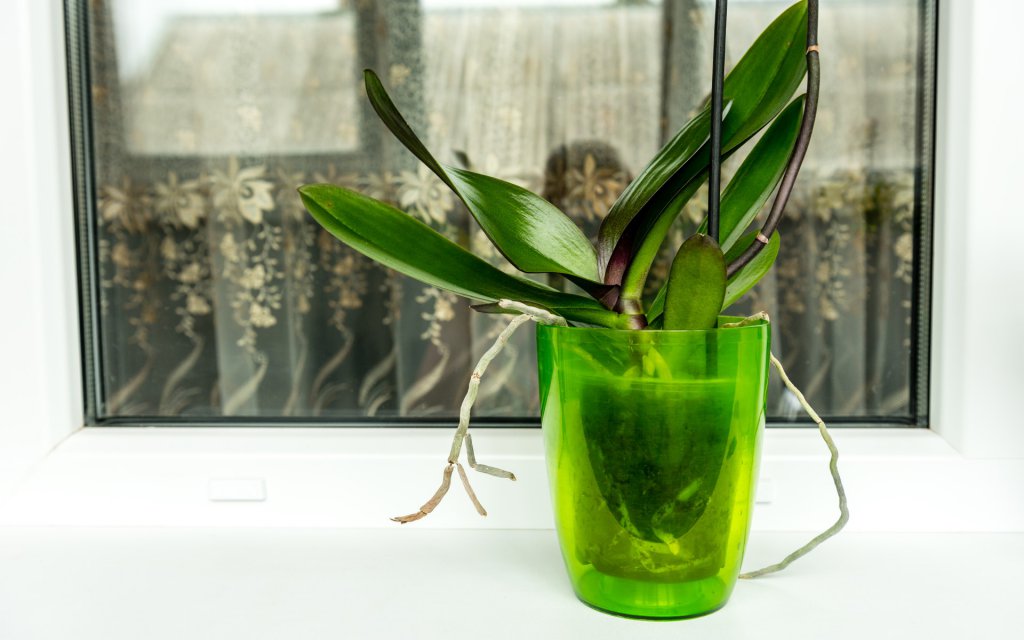
Someone who doesn’t know much about orchids may panic at that point. They might wonder what they did to kill it. Chances are, you did absolutely nothing wrong. The orchid is merely going through its normal growth cycle.
When orchid flowers fade and fall off, the plant is usually still healthy. It doesn’t mean it’s dead; its bloom season is simply dormant. For some orchids, such as Phals, when their blooming period is over, it’s time for the roots and leaves to grow.
With proper care, your orchid will rebloom when it’s time to do so. Once the flowers fall off and the flowering spike turns yellow, cut the spike about a half-inch from the base. The orchid can then use its energy for root and leaf growth.
Orchid Death
So, how do you know if your orchid is actually dead?
If it has leaves but no roots, there’s a chance you can revive it. It will take time, however, as orchids can be slow to bounce back. Rooting hormones may help, but in many cases, you’ll just have to be patient and practice a wait-and-see approach.
An orchid with no leaves, however, is usually doomed. It’s unable to make the necessary food to keep it alive.
Common Reasons Why Orchids Die
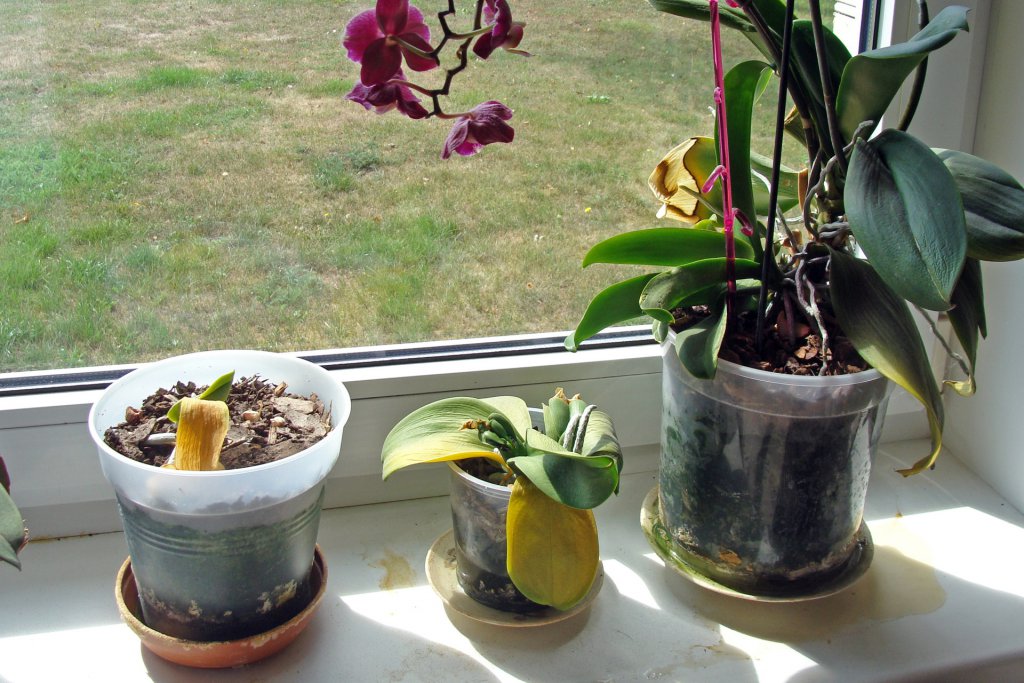
One of the most common reasons for premature orchid death is overwatering. This usually leads to root rot, where the roots become soft and mushy. It could lead to losing all roots, which makes it hard for an orchid to remain hydrated.
It’s essential to plant orchids in appropriate media. This isn’t typical garden soil. Orchids do best in airy, light media, such as bark, sphagnum moss, coconut husk, or perlite. Mixtures containing a combination of these work well.
Another reason for orchid death is crown rot. Water should never be allowed to sit in the crown, the space where the leaves join the plant. This often kills leaves first before killing off the entire plant.
How to Make an Orchid Bloom Again
In many cases, your orchids will rebloom when it’s their time to do so. If you want to encourage healthy and beautiful flowers, it’s important to take care of your plant during the dormant season.
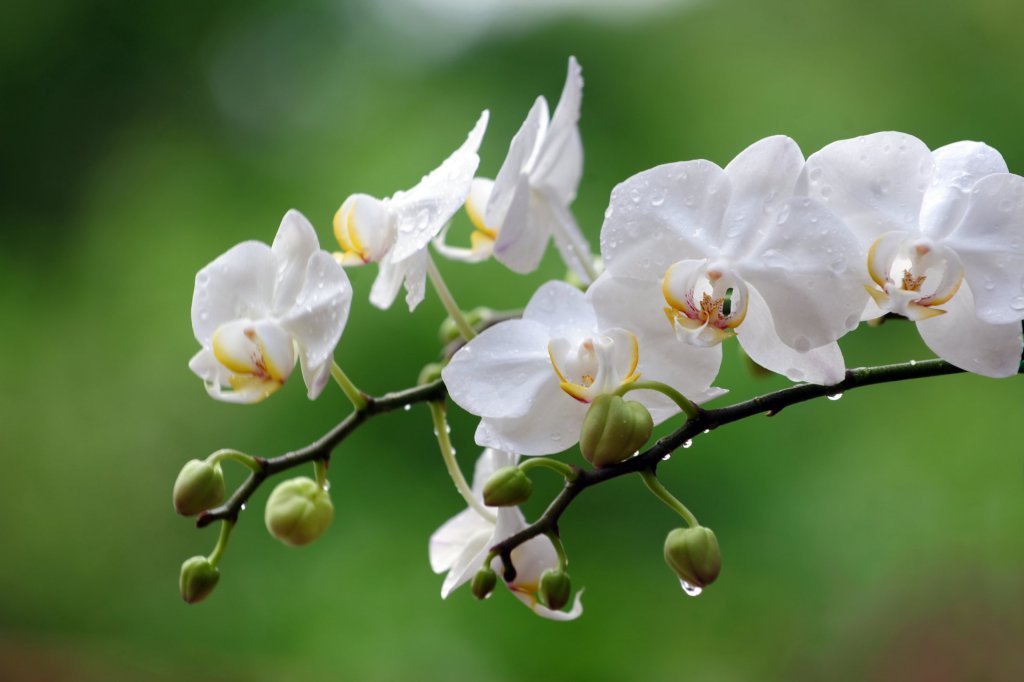
Regular fertilizing with an orchid-appropriate fertilizer is the best way to make sure your plant remains strong and healthy. Make sure you’re fertilizing on a regular schedule with a product designed for orchids. Typically, these are 20-20-20 formulations: they contain balanced ratios of potassium, nitrogen, and phosphorous, providing the vital nutrients to produce well-formed flowers.
Orchids tend to bloom seasonally. Phals often require cooler temperatures to trigger flower spikes. If you place your orchid near a window in the fall and winter, this is often the boost they need to start growing a flower spike.
How to Save an Unhealthy Orchid
Orchids can suffer numerous health issues, with some much more severe than others. Some of the most common problems you’ll see on your orchids include the following:
- Falling and/or yellowing leaves: First, orchids lose older leaves occasionally. As long as it’s the bottom-most leaf, that’s a natural occurrence. Sometimes, you might lose leaves at the crown or other leaves that aren’t the bottom ones. They usually turn yellow first. In this case, your orchid may not be receiving proper nutrients, or it may be getting too much sunlight.
- Leaf spots: Spots on orchid leaves may be due to extreme light or fungal infections. If it’s a light issue, you can move your plant to an area that doesn’t receive as much direct sunlight. Otherwise, a fungicide application may be necessary.
- Root rot: This is often one of the biggest problems new orchid owners have, often because they’ve overwatered their plant. It’s best to remove dead roots whenever you repot your orchid. To prevent root rot in the future, water your orchid only when the medium is dry.
- Wrinkled leaves: If your orchid isn’t getting enough water, the leaves may appear wrinkly. It may be due to insufficient watering or due to a lack of roots, leading to dehydration.
- Mites and other pests: Spider mites, mealybugs, and snails can attack your orchids. To get rid of pests like mites and mealybugs, dab the affected areas with a cotton swab soaked in rubbing alcohol. Follow up with a horticultural or neem oil to prevent a reoccurrence.
The American Orchid Society is another excellent place to start learning how to care for orchids.


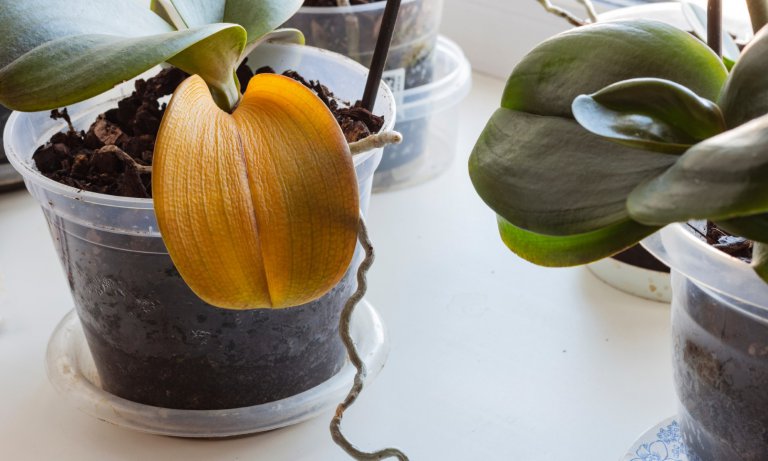
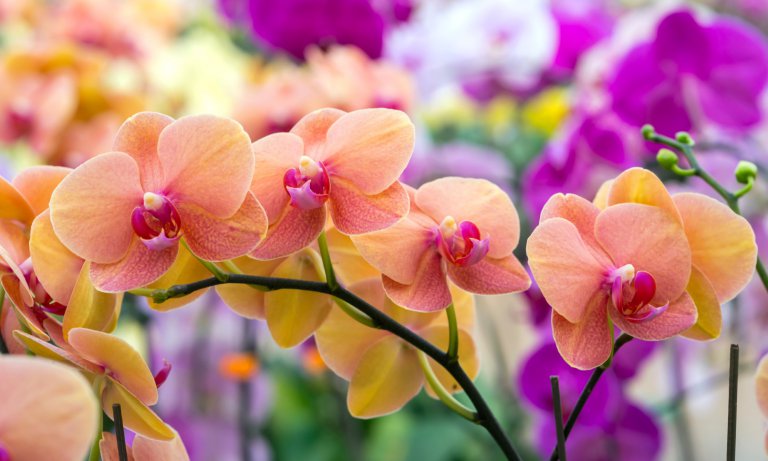




Great information.